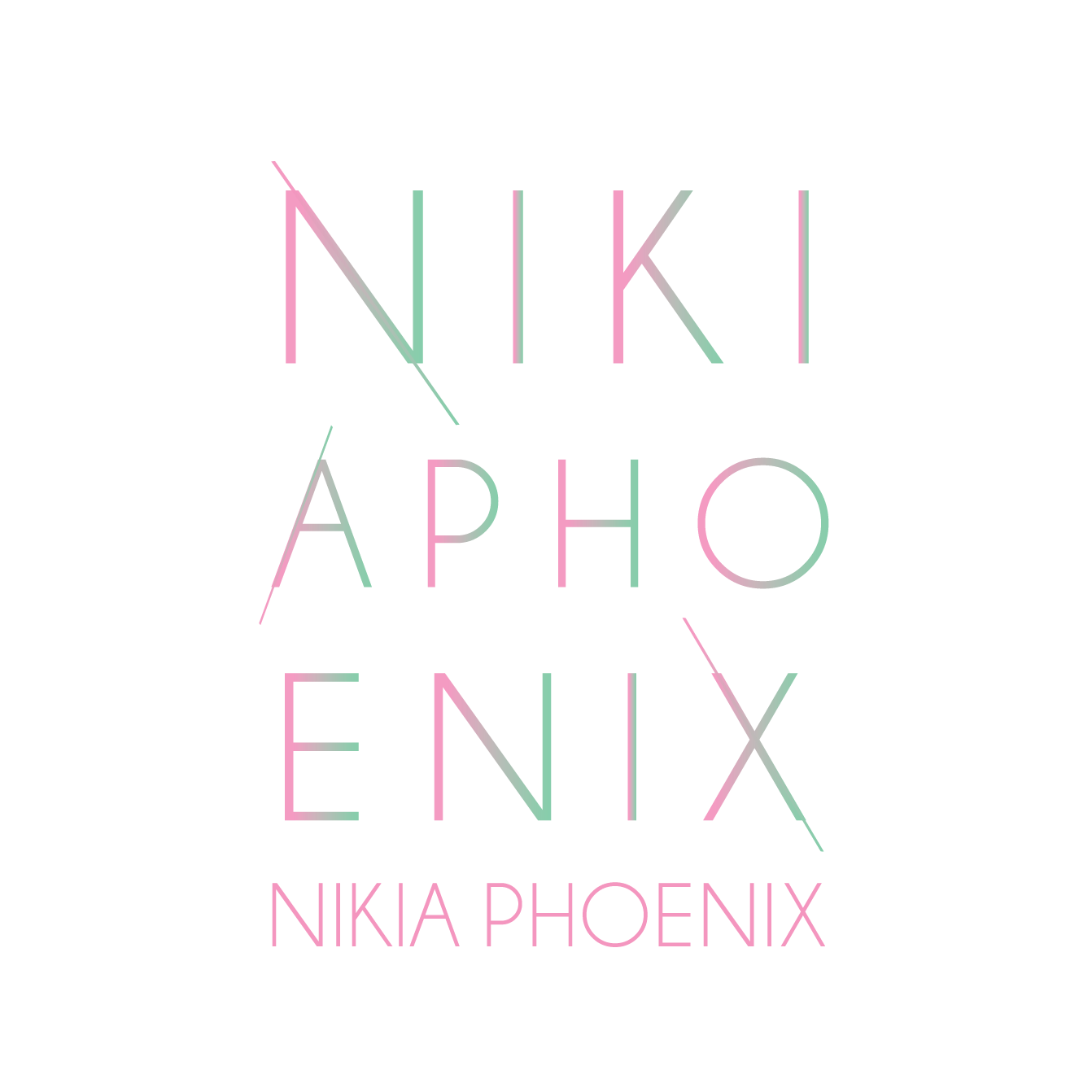All About Mantras And How To Create Them
“I am worthy. I am loved,”
are words that I say to myself every morning to start my day. As I go through my daily routine of brushing my teeth, I repeat these words to myself in the mirror. When I’m in the shower, I will sing these praises at the top of my lungs. Even while I’m dabbing on my eye cream or using my Gua Sha, I’m still saying those words. These phrases are part of my daily affirmations. They help me get through the tough times and celebrate the joyous ones too.
We are accustomed to hearing affirmations formed by using different conjugations of the verb to be like “I am” or “you are.” You can also use the same technique to create a mantra. Okay, before we go there you may be asking yourself what is a mantra?
Mantras explained
Originating from Hinduism and Buddhism, a mantra is defined as a word or sound that’s repeated to help with concentration in meditation. A mantra can also simply be a positive phrase that you repeat, hence an affirmation. Now is this starting to make sense? When you say it over and over again, the affirmation becomes a mantra. The mantra becomes your truth and your way of life.
This is one of the reasons filtering out negative self-talk is important. Think about it, how many times have you said something unkind about yourself while looking in the mirror? When you’ve repeated those unkind words over and over, your brain associates that memorization as fact. Unknowingly when we repeat negative talk to ourselves and even out loud, we are giving power to these words. In return, these words can become our mantras. What we focus on is what we amplify, so let’s make sure what we amplify is healthy for our well-being.
Mantras and how to create them
Part of what makes a mantra so magical is that a mantra is your truth, and you can speak that truth into existence. Hello, manifestation. Helping you get to the core of what you want to say to yourself means tapping into the energy of your seven chakras: crown, third eye, throat, heart, solar plexus, sacral, and root. Each chakra represents a different state of being.
CHakra Cheat Sheet
Root Chakra: trust
I am/ have
Sacral Chakra: sexuality, creativity
I feel
Solar Plexus Chakra: wisdom, power
I do/ can
Heart Chakra: love, healing
I love / feel
Throat Chakra: communication
I speak
Third Eye Chakra: Awareness
I see
Crown Chakra: spirituality
I know
If there’s a particular obstacle that I am dealing with in life and I need reassurance, this is when mantras come into play.
I tune into my body and notice what my body is feeling. I breathe into that space and listen to what it’s saying. When there is doubt, I note what that doubt is. Then I turn it into a positive.
“I don’t have the confidence to complete this task”
becomes
“I can do whatever I put my mind to.”
That’s the affirmation. Now repeat it.
I can do whatever I put my mind to. I can do whatever I put my mind to. I can do whatever I put my mind to.
There’s your mantra!
When you are repeating this mantra, you feel it in the part of your body that needs the love. Saying I can go right to my gut, my solar plexus where my wisdom and power lie. The energy is swirling at my core and I feel the shift.
Other examples of mantras:
I am enough. I am enough. I am enough. I am enough. I am enough.
I see the light at the end of the tunnel. I see the light at the end of the tunnel. I see the light at the end of the tunnel. And I believe I can get there. And I believe I can get there. And I believe I can get there.
You are worthy of love. You are worthy of love. You are worthy of love. You are worthy of love. You are worthy of love.
It’s okay to take a break when you need it. It’s okay to take a break when you need it. It’s okay to take a break when you need it.
Notice that in every mantra you are assuring yourself of something. Forming that mantra can take the shape of addressing yourself as you or I. What you want to avoid is including any negative like no, none, not or including a comparison like better than. While there are exceptions to this rule, try to start off your mantra practice by embracing the positive.

